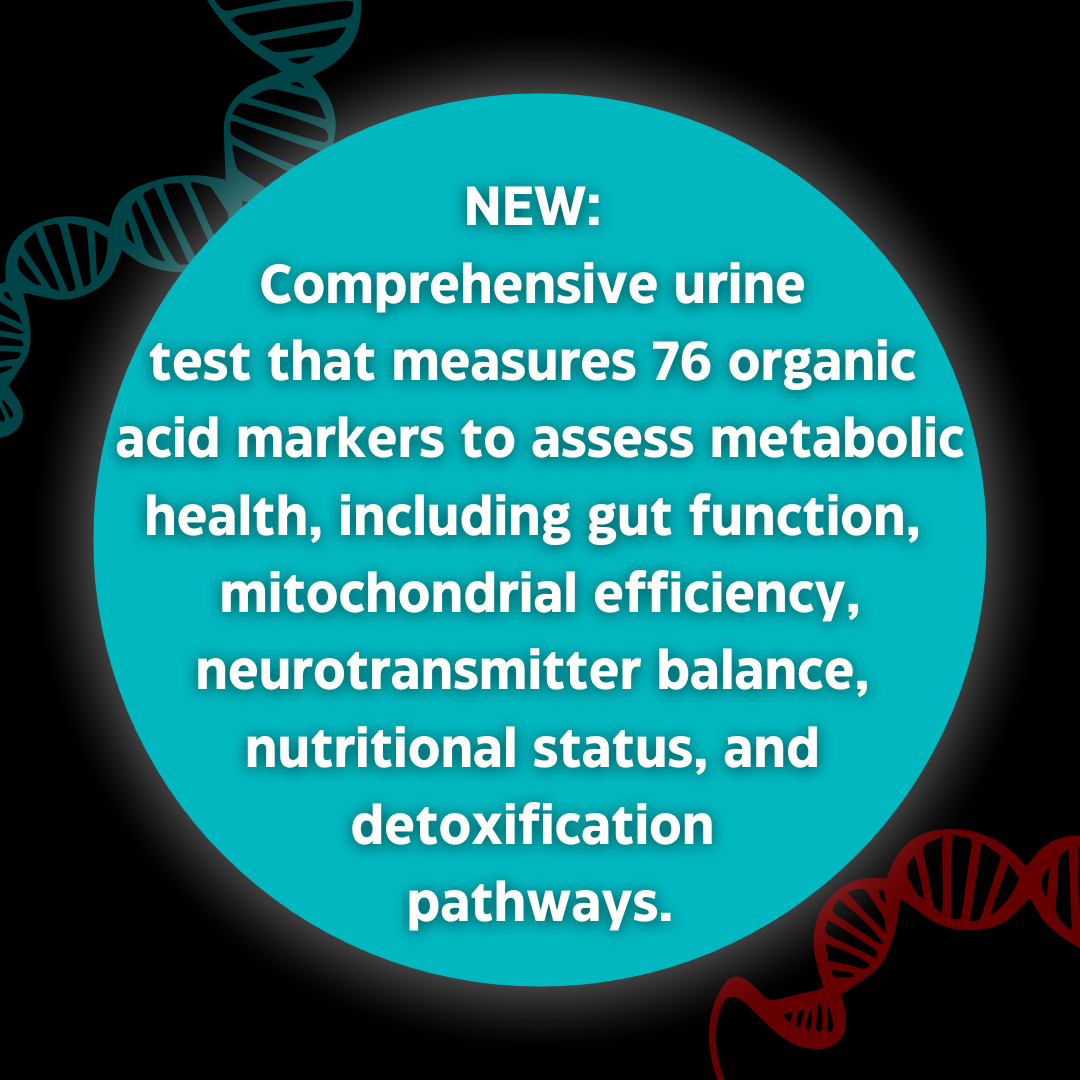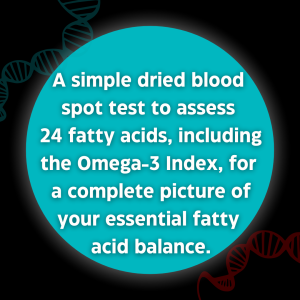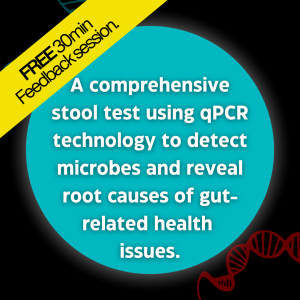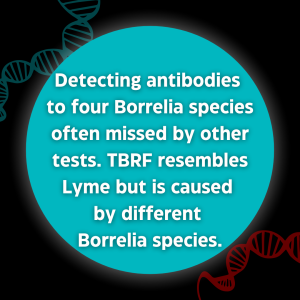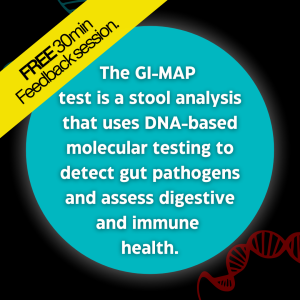Description
What Patients Might Benefit from the OAT?
The OAT provides useful information about how well an individual’s metabolic pathways are functioning. Revealed imbalances may provide guidance around the underlying contributors to both symptoms and disease states – with improvement of associated symptoms and overall health when clinically addressed.
Symptoms and diseases associated with nutritional deficiencies and other metabolic imbalances:
Anxiety, Autism Spectrum Disorders, Depression, Diabetes, Digestive Disorders, Fatigue, Fibromyalgia, Gastrointestinal dysbiosis, Insulin resistance, Neurological Disorders, Obesity, Optimizing health, Psychological Disorders, Vulvodynia.

Why Run an Organic Acids Test (OAT)?
The Organic Acids Test (OAT) is a simple and efficient way to assess a number of metabolic pathways providing insight into imbalances and nutrient needs. The OAT can provide insight into a wide range of conditions, making it valuable for individuals who are experiencing complex chronic conditions.
The OAT test report is organized into clinically useful categories including:
- Intestinal Microbial Overgrowth markers evaluate for candida activity, clostridia bacteria toxins, potential mold exposure, and imbalance in the gut microflora.
- Oxalate Metabolites provide insight into oxalate levels being generated by organisms within the system or via dietary contributions.
- Glycolytic Cycle Metabolites and Mitochondrial Markers (Krebs Cycle and Amino Acid Metabolites) evaluate for metabolic efficiency (e.g., use of glucose and amino acids for energy generation) and mitochondrial dysfunction.
- Neurotransmitter Metabolites evaluate for phenylalanine, tyrosine and tryptophan metabolism which are linked to neurotransmitter status and quinolinic acid production.
- Pyrimidine Metabolites & Ketone and Fatty Acid Oxidation markers give insight into folate status and cellular turnover, as well as mitochondrial utilization of fatty acids for energy production.
- Nutritional Markers provide insight into the sufficiency of essential vitamins, antioxidants, and metabolic pathway co-factors.
- Indicators of Detoxification assess for the presence of oxidative stress via markers of glutathione sufficiency and methylation versus transsulfuration function.
- Amino Acid Metabolites may suggest functional nutrient need or be reflective of genetic metabolic dysfunction if a consistently, persistently elevated level of a particular analyte is noted.
- The Mineral Metabolism marker provides insight into dietary intake of phosphate and can give insights into Vitamin D levels.

